Exercise
Studies have also shown that exercise enhances healthy bacteria in the gut microbiome. It is a more effective antidepressant than any prescription medication. Other than sleep, there is almost nothing else we can do that will improve our quality of life more than exercise.
Unfortunately, the world of exercise is just as confusing as the world of nutrition. While it’s beyond the scope of this website to delve deeply into the subject, I can offer a few guidelines to help you find your path.
The most important concept is to start where you are today. Do you already have a program? Or are you more like the typical American who doesn’t have a program? Everyone faces mental challenges when starting a program, and some face physical challenges as well. We must all do what we can with what we have.
Should you focus on aerobic, strength, or high-intensity interval training (HIIT)?
Ideally, all are recommended, but for different reasons. An aerobic program will benefit your gut microbiome and mental health, such as depression and anxiety, the most and less so with HIIT. I have not seen any resources demonstrating this for pure strength training, so if you must choose one, consider starting with an aerobic program.
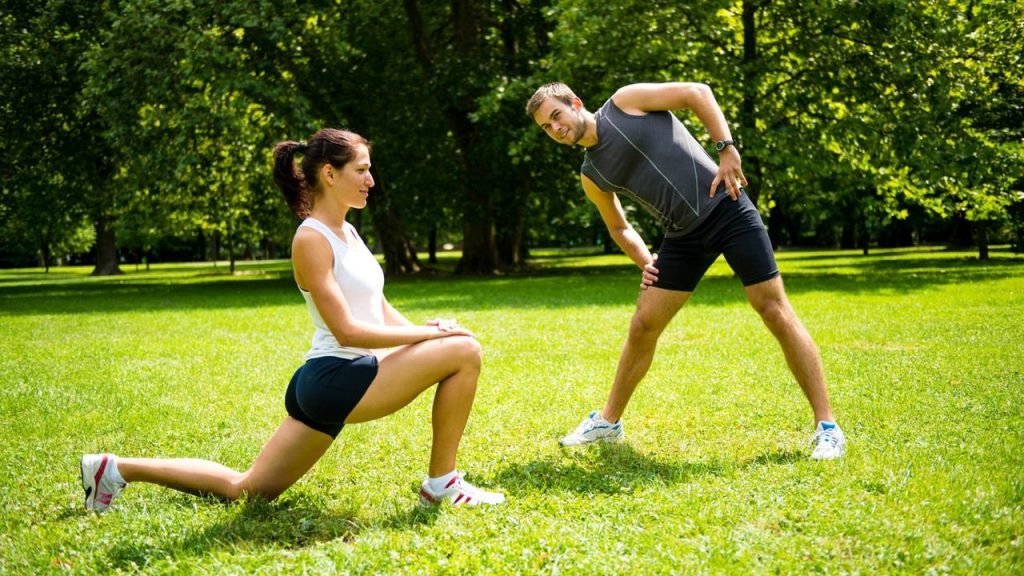
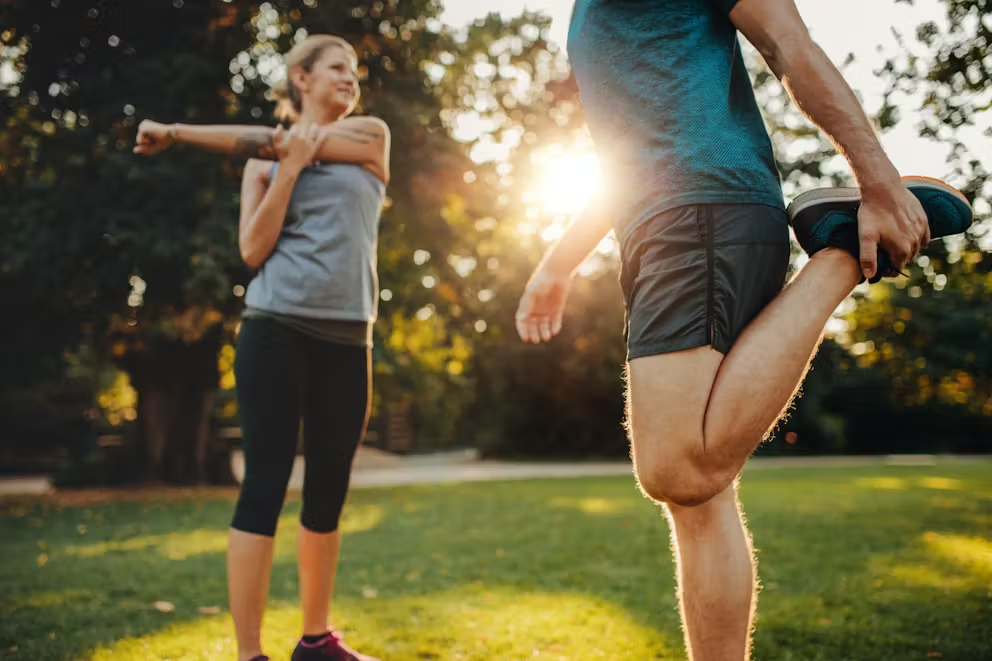
Aerobic exercise.
What is “aerobic”? According to most of the resources I’ve found, the “zone 2” is where you should be for maximum benefits. You can estimate this zone using the talking test. Can you perform the activity and sort of hold a conversation? If so, then you are not working hard enough. If you can only squeeze out a few words between breaths, then you are working too hard. You want to stay in that middle zone for at least 45 minutes, ideally over an hour, but no more than two hours. The benefits begin to decrease after 90 minutes.
For those who are sedentary and don’t exercise at all, walking is undoubtedly the safest and best way to start. It’s best to have a dedicated pair of walking shoes that are only used for exercising. Consider the “barefoot” varieties, as they strengthen your feet, are reportedly better for your knees and hips, and require a transition period. Use a dedicated pair of walking shoes. I personally use and recommend both Xero Shoes (xeroshoes.com) and Merrell Shoes (merrell.com).
A safe way to start is to walk out at a leisurely pace, turn around, and walk back at an aerobic pace. It’s easy to start out strong and realize that the effort was too aggressive for your current level of conditioning, which makes it difficult to get back to the starting point. Set a timer for 10 minutes. Leisurely walk out, turn around, and pick up the pace to zone 2 on the way back. As your fitness increases, you can increase the time to 30 minutes. Increase the time spent in zone 2 as your fitness improves. Two days a week is a great start, with the goal of getting in three or more days a week. Mall walking is a nice option if the weather is hazardous.
At some point, you may find that walking no longer achieves Zone 2. This is more common among younger people. It’s time to consider changing activities or adding a HIIT interval to your walk. The most important thing is that you enjoy the activity, so that it can become part of your lifestyle. Remember, Dr. Dan’s fifth pillar is sustainability.
High-Intensity Interval Training (HIIT) is one option.
This type of exercise involves an all-out burst, followed by a short rest, repeated several times. It involves heavy breathing, being unable to talk, serious work, a short rest, and repeating. Make sure you have your doctor’s approval before starting if you have any health issues. You may want to consider getting a formal cardiac stress test and having a review with your doctor. This type of training is intense but short. There are many ways to perform HIIT, and there are plenty of apps to guide you. I prefer kettlebell swings for my HIIT workouts. The workouts are intense, so one or two per week is sufficient; more is not better.
The main benefits of HIIT are improving VO2 max (a measure of oxygen processing and metabolic health) and improving hormone profiles. VO2 max is one of the best predictors of a healthy life. Any strenuous activity can be used as a HIIT workout.
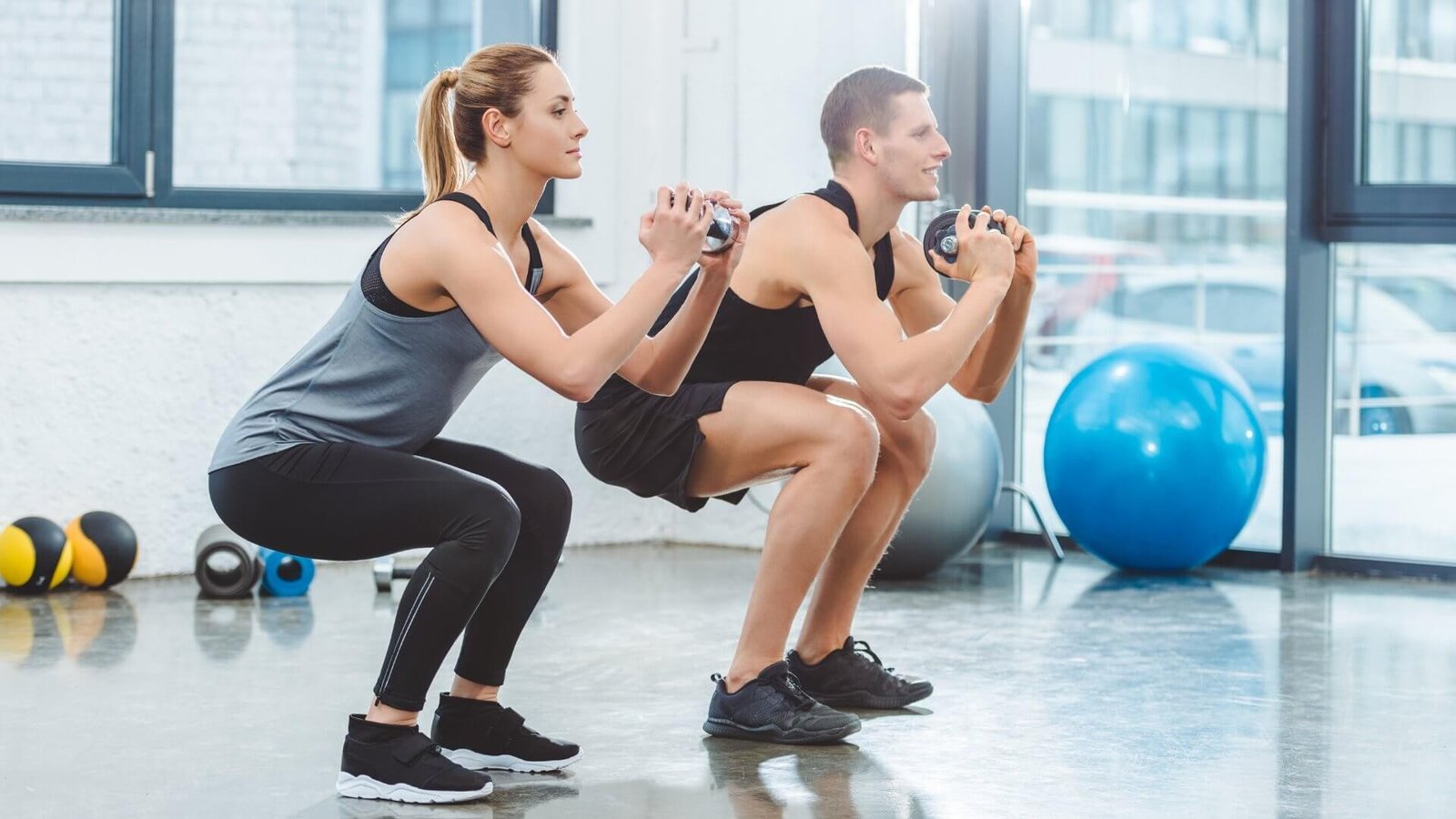
Strength training:
It is useful and important for maintaining function. Studies have shown it to be a key component of continuing to do what we enjoy as we age. Lifting weights increases bone density as well as muscle mass. While we cannot exercise away a poor diet, exercise does improve the effectiveness of a good diet. I really like the concept of “exercise snacking.” It’s an ideal technique as we age and recover more slowly. The idea is to avoid soreness. Muscles become sore when they are worked beyond the aerobic threshold, which builds lactic acid. “Snacking” on an exercise means doing a set of five push-ups, for example, and then brushing your teeth. Do another set on the way to the kitchen. Doing this at various times throughout the day will not overstress the muscles, yet the total number of movements counts the same as if they were done all at once. This is a way to build strength, but not endurance. Endurance is useful only if you need it. Strength training is more useful for your overall health.
Body weight calisthenics are a great way to start.
Calisthenics that use your own body weight, such as standard push-ups and bodyweight squats, are a great place to start. Don’t think of bodyweight exercises as easy or limited. People have become impressively strong using bodyweight techniques, so not being able to get to the gym is no excuse.
There are many web resources, and one of my favorites is Calimove (www.Calimove.com). Technique, technique, technique! I can’t emphasize this enough: Only concern yourself with technique, not repetitions. Proper technique maximizes results and minimizes the chance of injury. Consider hiring a qualified coach to help you with your technique. At the very least, record yourself for review. Repetition is useless or harmful if the technique is incorrect. Beware of the numerous YouTube videos demonstrating poorly designed and sometimes dangerous movements.
Kettlebells.
I am a huge fan of kettlebells, but with one huge caveat: please get an instructor. Kettlebell training is one of the most efficient ways to build strength and endurance simultaneously, but it’s also one of the fastest ways to get injured if done incorrectly. Dragon Door and StrongFirst are my preferred kettlebell authorities, and I personally use them as my sources.
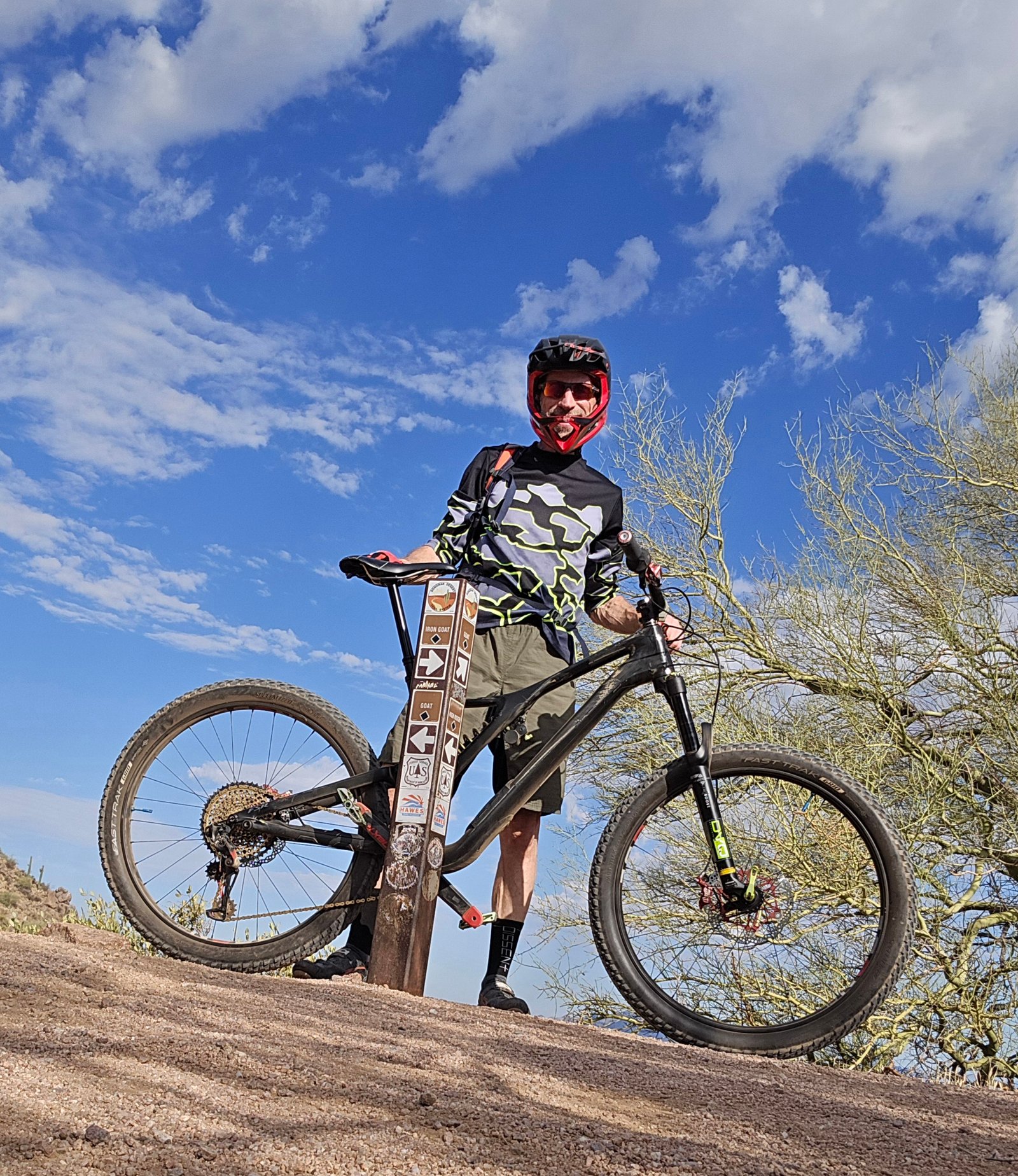
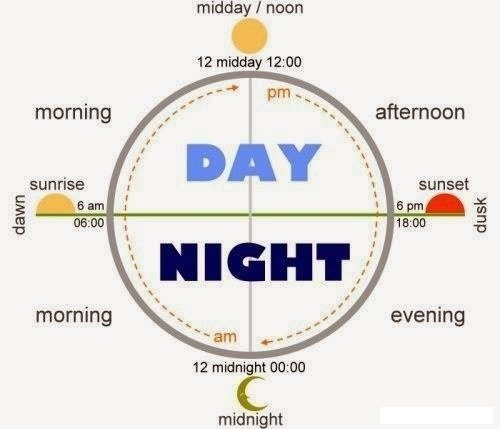
The Best Time of Day to Exercise
The best time to exercise is while you are still in a fasted state. But how will I have the energy to work out, Dr. Dan? The genius of the fasted state is that your body becomes metabolically flexible and can mobilize energy from fat stores more efficiently than if you had eaten and digested a fresh meal. However, this does not happen immediately upon starting the program. It will take your body a few weeks to switch metabolically. Typically, you will know the switch is turned on when you can comfortably fast for 15 hours or more. Start slowly and gradually increase your workout length as your body becomes more efficient at converting fat to energy. Once you’ve fully converted, you’ll be a fat-burning machine, able to go for hours.
Also, it’s important to note that when you “break your fast” after exercising, you should start with protein and fat. This signals your system to build and maintain muscle. Avoid fruits and sugars after exercising. The goal is to maximize the effect of exercise on fat metabolism, not simply replace calories. What about sugar-filled exercise “recovery” drinks? I strongly advise against all forms of liquid sugar, especially after exercising. Rehydration is best achieved with an electrolyte solution. My preferred electrolyte solution is made by LMNT and contains sodium, potassium, and magnesium. Electrolyte replenishment, not sugar, is needed post-exercise.
